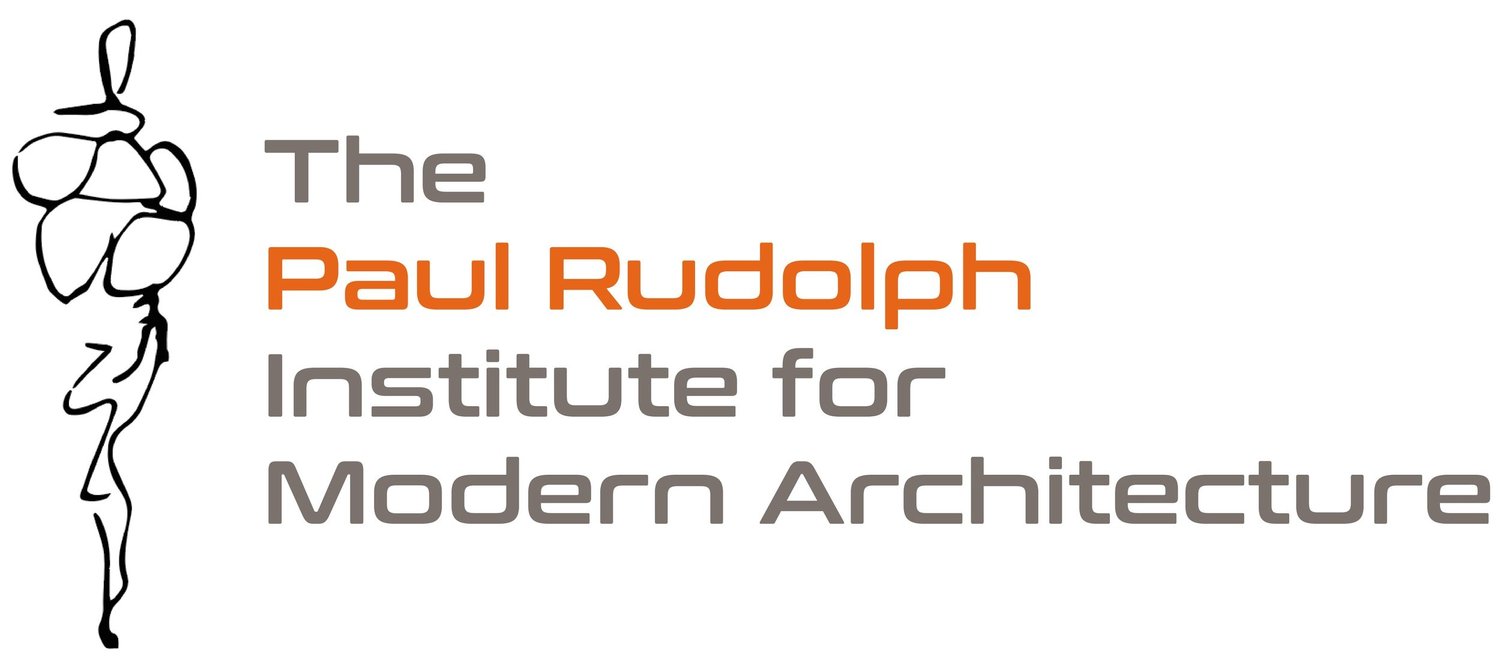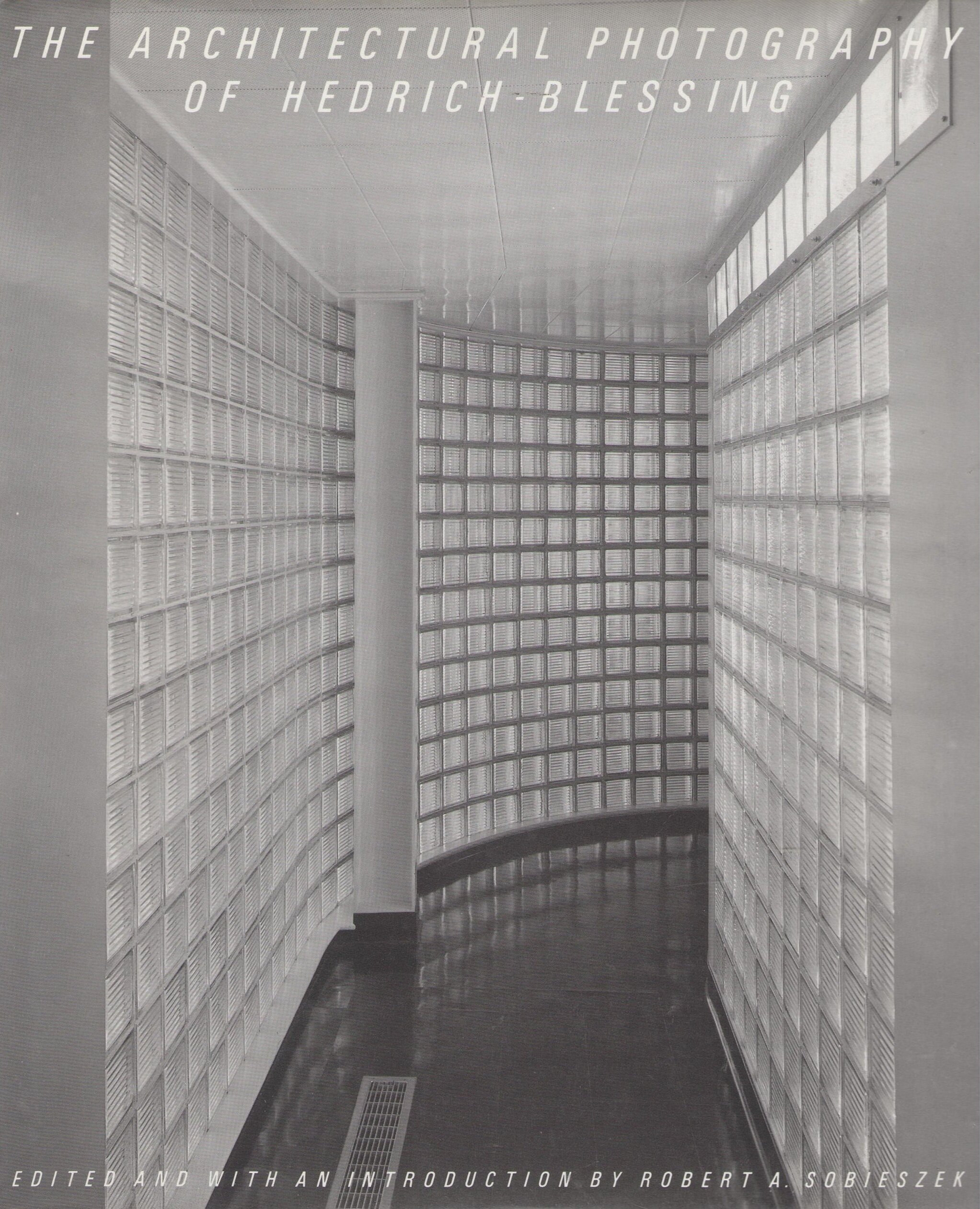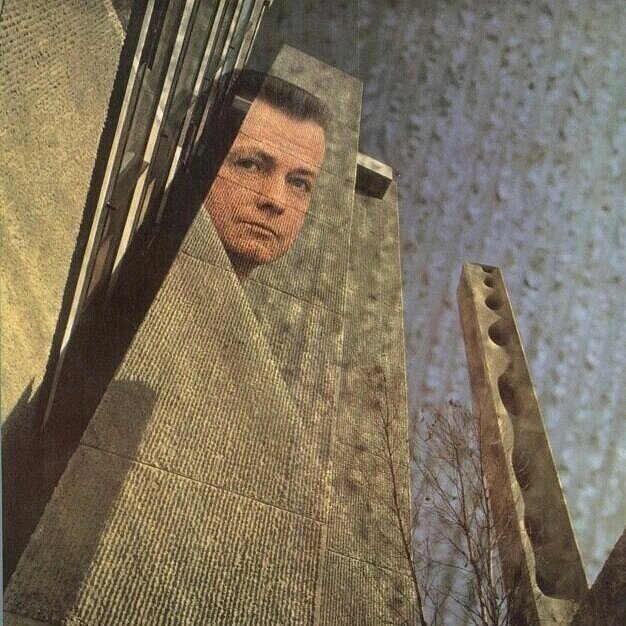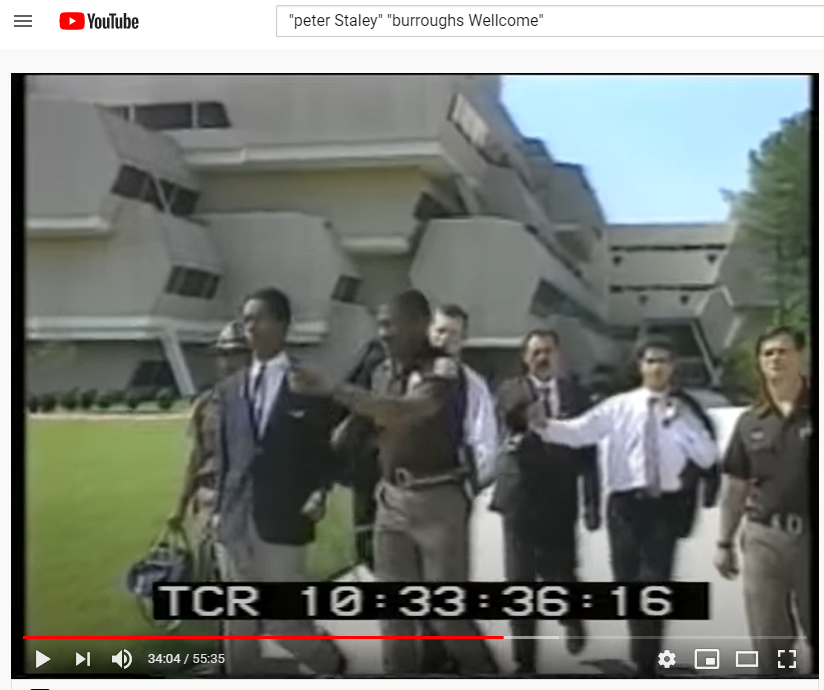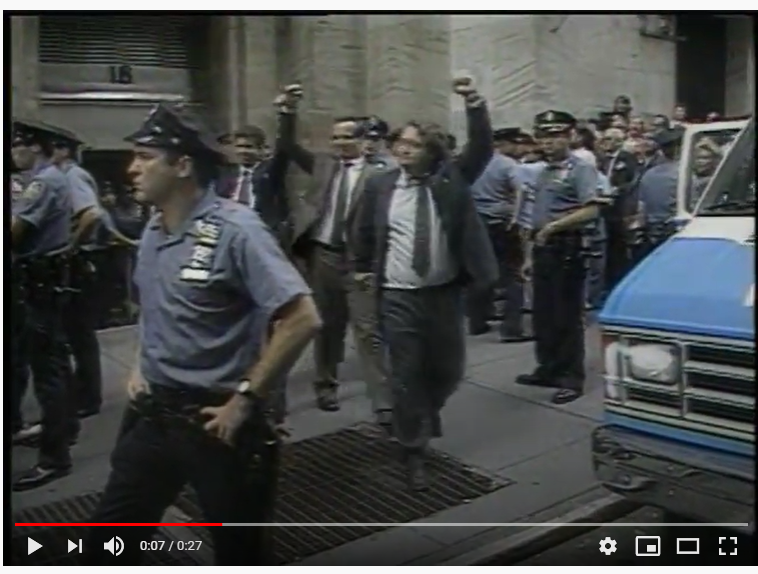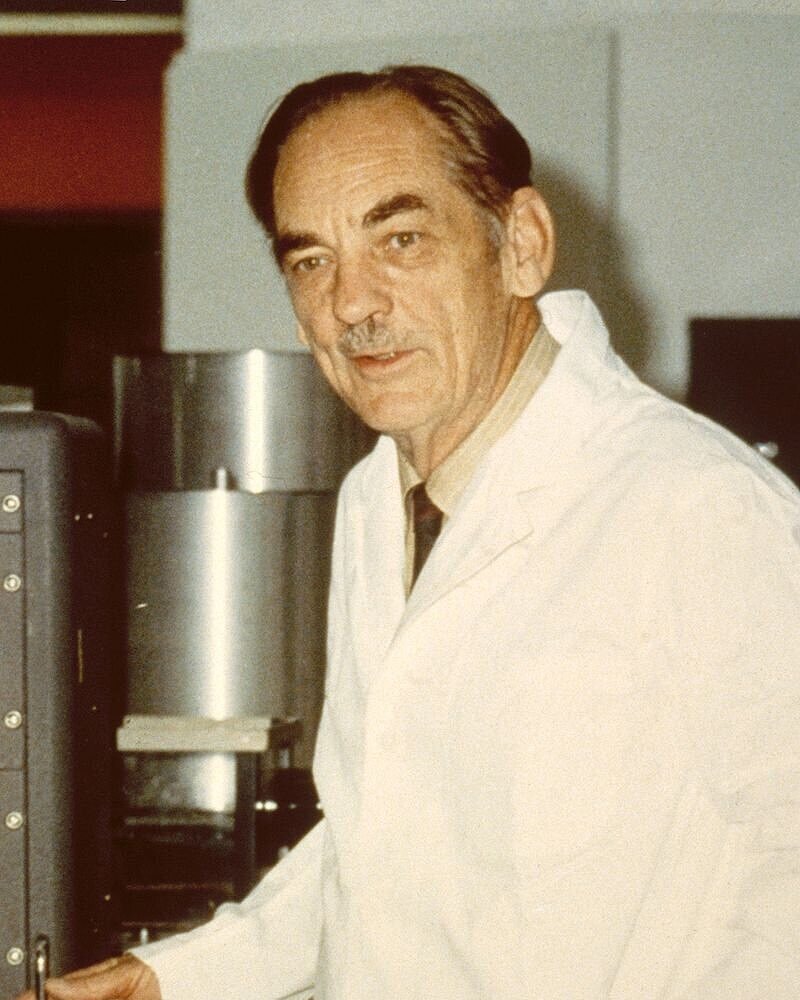Megastructure — The Reissue of a Modern Classic (and Rudolph's on the cover!)
The cover of the new edition of “Megastructure: Urban Futures Of The Recent Past” which has been reissued by Monacelli Press. Paul Rudolph’s LOMEX project is featured on the cover.
A CLASSIC aBOUT THE FUTURE
The original, 1976 edition of Megastructure also featured Rudolph’s perspective-section of LOMEX on the cover (but in black and white). Over the years, copies of this edition have become rare and expensive.
“Megastructure” was architectural historian Reyner Banham’s book on one of the most exciting architectural developments the post-World War II era: MEGASTRUCTURES. It was originally published in 1976, and that edition became a rare book (if you could find a copy at all, it could cost hundreds of dollars.)
The good news is that Monacelli Press has brought out a reprint of this fascinating book. Monacelli is known for publishing books on design and the arts, and doing so with superb production values—and they live up to their fine reputation with this new edition.
The original had featured Paul Rudolph’s perspective-section drawing of his LOMEX project on the cover—and the new edition retains that image, but now shows it in color. It also includes a new foreword by Todd Gannon, the head of the Architecture Section at Ohio State University’s Knowlton School, and a scholar of Reyner Banham’s work. Banham’s book was published nearly 45 years ago, and Professor Gannon’s essay provides important context.
MEGASTRUCTURES
Above: Habitat, a housing complex built for the Expo 67 World’s Fair in Montreal. Designed by Moshe Safdie, it is sometimes cited as and example of the small percentage of megastructure proposals which actually got built. Middle: A street-level corner view of the Pompidou Center, the museum-arts-exhibition center which opened in Paris in 1977. As is evident here, it embraces some of the formal language often associated with megastructures: a celebration of articulated structure, and the explicit display of the building’s mechanical systems. Bottom: The Nakagin Capsule Tower, built in Tokyo in 1972. The possibility of growth and change—one of the characteristics associated with megastructures—is implied by the building’s cellular design.
Megastructures can be capsulized as vastly scaled and ambitiously conceived architectural designs—the size of a chunk of a city (or a whole metropolis.) But megastructures are not just defined by size. History already provides us an abundance of examples of built structures which awe by their scale—from the Pyramids -to- NASA’s huge Vertical Assembly Building—but which are not megastructures.
True megastructures usually embrace multiple functions, aspiring to be (or emulate) complete cities within a single armature. They often accommodate transportation (sometimes several types), and places for living, commerce, work, education, and entertainment—all within an infrastructure of structural and mechanical systems which are elaborately developed and expressed. [And if the design incorporated flexibility, to allow it to change or grow (or both), all-the-better—for that gave it an attractive dynamic quality.]
Megastructures were a “thing”—an exciting trend—in architecture, especially in the period when Banham was most well-known: the 1960’s. Architecture and popular magazines published stories about megastructures—either imaginary designs proposed by architects to deal with real (or equally imagined) urban problems -or- less frequently there was coverage of megastructure projects that had actual clients. Models of megastructures were magnets for attention at any design exhibition, and they filled the portfolios of that era’s architecture students (who are ever fascinated with the futuristic.) As one can imagine, relatively few megastructures (even those which were actually commissioned by a real client) were built—but these daring, forward-looking designs continue to excite because of their intriguing forms and the grandeur of their visions.
REYNER BANHAM
Banham (1922-1988) was hard to miss. The architectural historian had a relatively short life, but for a couple of decades—from the 60’s to the 80’s—he seemed to be everywhere. An un-ignorable presence—tall, broad-shouldered, with a full bushy beard, and with the bright-spirited presence of a boisterous English Santa Claus—he was inserted into the architectural community’s consciousness through his continuous lecturing, teaching, traveling, and via captivating books and journal articles. Those appearances—whether in person or print—were always accompanied by a sense of wonder: one resonated to Banham’s own combination of surprise and delight at what he had discovered and the enthusiasm with which he shared it. He always produced an intellectual an aesthetic thrill for those who followed him into exploring new areas of thought, or by looking into chapters of design history that had been left untended for too long.
THE “FIRST APROXIMATION” HISTORIAN
The Ponte Vecchio in Florence—Banham quotes Paul Rudolph as citing it as an example of a megastructure.
Le Corbusier’s perspective drawing of his urban design for Algiers, a project from the early 1930’s. The architect-designed overall structure provides space and flexibility for a variety of uses and designs (and even styles) which could be built within. This project is cited by Reyner Banham as an early example of a megastructure within the Modern movement.
While the prime era of megastructure design is the 1960’s, Banham’s book points out proto-megastructures—designs from throughout architectural history that share the characteristics of megastructures. He cites design complexes like Rockefeller Center -or- Medieval/Renaissance city bridges (upon which were accommodated a multiplicity of buildings and functions) -or- Le Corbusier’s urban design project for Algiers—and one of the pleasures of Banham’s work (both in this book and his other writings) was his ability to vividly connect seemingly new ideas with older architectural works which exemplified those theories.
With his work on megastructures—research he initiated in the mid-1970’s—Banham was engaged in what he called “first approximation history.” That’s his term for when an historian first attempts to grasp the outlines (and write the history) of a very recent movement or phenomenon. There’s always danger in doing that close to the era being studied: for without the perspective and wisdom that comes from viewing things at a distance of years (or decades), no historian can, with a high level of confidence, discern what was truly significant about an event or period. Yet, Banham asserted, somebody has got to be the first take on making an estimate and assessment of what happened—and that is what he termed the “first approximation.” He specifically cited the megastructure movement (which, when he started doing the research for the 1976 book, was passing out of its high-energy phase) as a subject for which he was acting as the first approximation historian.
PAUL RUDOLPH: MASTER OF MEGASTRUCTUES
A page spread, from within the Megastructures book, in which Rudolph and his LOMEX project are discussed.
Most megastructures are visionary, and such visions—dreams of an ideal life though residing within a singular and coherent vision of a highly advanced architectural structure—will inevitably remain in the land of the imagination.
But some megastructures did get built—and Paul Rudolph is notable as an architect for the ones that he designed—several of which were constructed.
Paul Rudolph was very conscious of the possibilities that megastructures offered—as shown in this portion of an interview of Rudolph conducted by Jeffrey Cook and Heinrich Klotz (to be found in their 1973 book Conversations With Architects—which is also quoted in Banham’s book):
Cook: What is the dominant tendency in architecture since Mies?
Rudolph: After Mies, the megastructure.
Cook: Are there any models for understanding the megastructure visually? Or does it remain in the realm of ideas. . . . Did you have any examples to work from for this idea?
Rudolph: Oh gosh, a lot of people have worked on megastructure. The best model I have found is the bridge in Florence.
Cook: Ponte Vecchio.
Rudolph: The Ponte Vecchio— the shops along the pedestrian way and over it marvelous housing. The scale of supports is in keeping with the vehicular way, and then there is a working down of scale. There is nothing new. That is a megastructure, and probably the purest example in traditional architecture.
It’s also worth noting that Rudolph was in Japan in 1960, at an international conference of architects where Metabolism—that Japanese architectural movement which most fervently embraced megastructures—was born. [We wrote about this in an earlier article, here.]
Rudolph having, digested (and maybe contributed to) the megastructure concept, designing using it—and this can clearly be seen in several significant projects. This approach was most manifest in his work in the 1960’s—the richest era, worldwide, for the design of megastructures.
Some of these designs from Rudolph’s oeuvre are among his most significant built works: the UMass Dartmouth campus, the Boston Government Service Center, and the Burroughs Wellcome headquarters and research center in North Carolina. The latter, Burroughs Wellcome, was specifically designed with flexibility for expansion—and, over the course of a decade, Rudolph did create several additions to it.
Even the unbuilt projects, like LOMEX, remain icons of design—and strong evidence of that project’s power is that Banham chose LOMEX for the cover of his book.
Rudolph returned to the megastructure approach in several large designs later in his career, and none more clearly than in his 1990 Gatot Subroto project for Jakarta.
1962: Rudolph’s Boston Govt. Service Center
1963: Rudolph’s UMass Dartmouth campus
1967: Rudolph’s Graphic Arts Center for NYC
1967: Rudolph’s LOMEX project for Manhattan
1969: Rudolph’s Burroughs Wellcome in North Carolina
1990: Rudolph’s Gatot Subroto for Jakarta
We congratulate and thank Monacelli Press for bringing out this excellent, new—and much needed—edition of Reyner Banham’s Megastructures.
BOOK INFORMATION AND AVAILABILITY:
TITLE: Megastructure: Urban Futures Of The Recent Past
AUTHOR: Reyner Banham; with a new foreword by Todd Gannon
PUBLISHER: Monacelli Press
FORMAT: Hardcover; 8-1/2 x 11 inches; 232 pages; 222 illustrations
ISBN: 9781580935401
PUBISHER’S WEB PAGE FOR THE BOOK: here
AMAZON PAGE: here
BARNES & NOBLE PAGE: here
IMAGE CREDITS:
Habitat at Expo 67: Photo by ProtoplasmaKid, via Wikimedia Commons; Pompidou Center: Photo by Gabriel Fernandes, via Wikimedia Commons; Nakagin Capsule Tower: Photo by Kakidai, via Wikimedia Commons; Ponte Vecchio: Photo by Amada44, via Wikimedia Commons; Boston Government Service Center: Photo by G. E. Kidder Smith, courtesy of the Massachusetts Institute of Technology; UMass Dartmouth: Photograph by Kelvin Dickinson, © The Estate of Paul Rudolph, The Paul Rudolph Heritage Foundation; Graphic Arts Center: Photographer unknown; LOMEX: © The Estate of Paul Rudolph, The Paul Rudolph Heritage Foundation'; Burroughs Wellcome: Image courtesy of the Wellcome Collection; Gatot Subroto: © The Estate of Paul Rudolph, The Paul Rudolph Heritage Foundation
